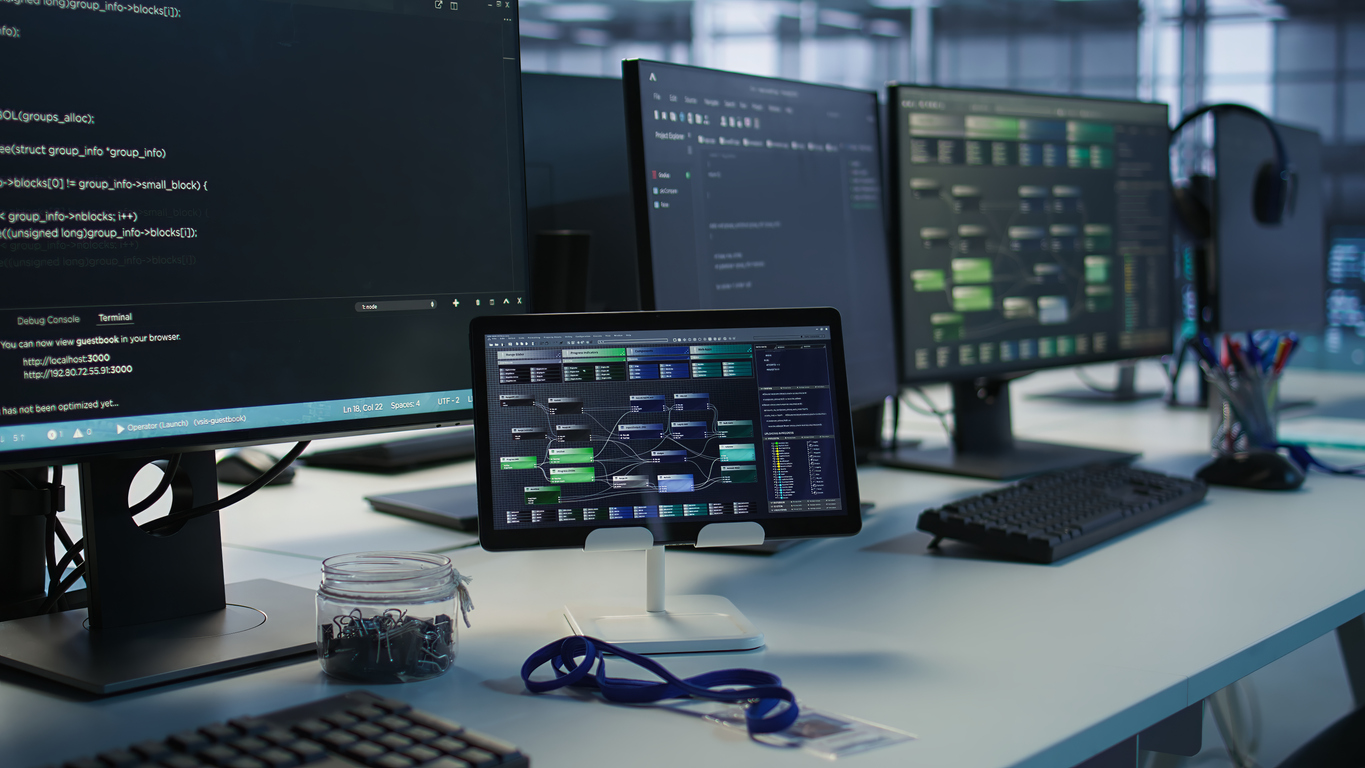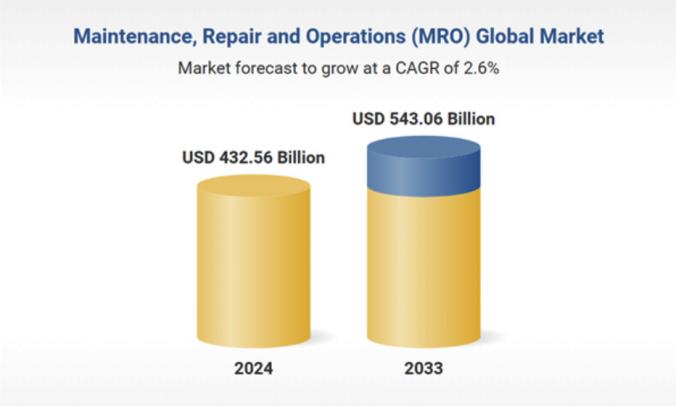Distributed Control System Market Projected to Hit $29.32 Billion by 2030
The market is driven by growing demand for smarter, more flexible, and energy-efficient industrial operations. Asia Pacific is expected to grow the fastest in the global DCS Market
According to a report by MarketsandMarkets™, the global Distributed Control System (DCS) market is projected to grow from USD 21.58 billion in 2025 to USD 29.32 billion by 2030, at a CAGR of 6.3% during the forecast period.
Continuous process application segment is projected to account for the largest market share
The continuous process segment is likely to account for the largest share of the Distributed Control System Market in 2030, as complex systems need constant monitoring, high levels of reliability, and the ability to run continuously. DCS is deployed in industries where continuous processing is required, including oil & gas, power generation, chemicals, and water treatment, all of which require real-time control and system stability for safe and efficient delivery.
Services segment is expected to record the highest CAGR
Several industries focus on investing in DCS services as an option to increase their system reliability and efficiency. Services include consulting and engineering, support, maintenance, and other features that are often implemented faster than new installations, while offering flexible and scalable solutions for their clients. The push for predictive maintenance, cybersecurity compliance, and remote diagnostics has sped up the demand for value-added services.
Asia Pacific segment is anticipated to be the fastest-growing region
Asia Pacific is expected to grow the fastest in the global Distributed Control System Market. This region encompasses large countries such as China, Japan, India, and Australia, as well as other countries in Southeast Asia. The reason for Asia Pacific being the largest portion of the global market is due to the high adoption of renewables, as well as grid modernization seen across major economies. Countries within this region also support the transition through investments in smart grids, digital energy infrastructure, and decentralized energy systems. Several national programs support efforts, including China's investment in a UHV grid, India's non-fossil energy target of 500 GW, and Southeast Asia's focus on regional grid connectivity.








![EMR_AMS-Asset-Monitor-banner_300x600_MW[62]OCT EMR_AMS-Asset-Monitor-banner_300x600_MW[62]OCT](/var/ezwebin_site/storage/images/media/images/emr_ams-asset-monitor-banner_300x600_mw-62-oct/79406-1-eng-GB/EMR_AMS-Asset-Monitor-banner_300x600_MW-62-OCT.png)




